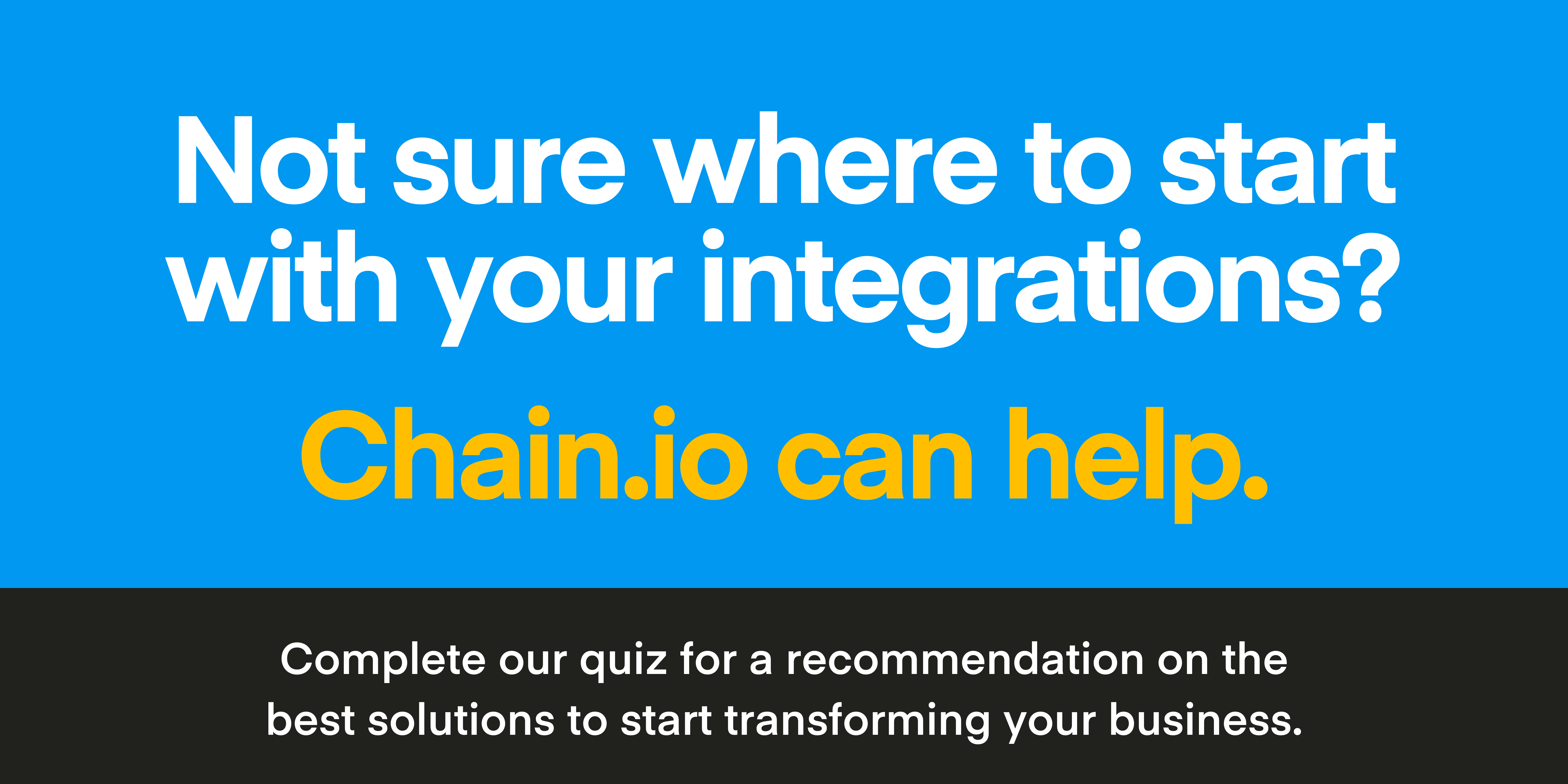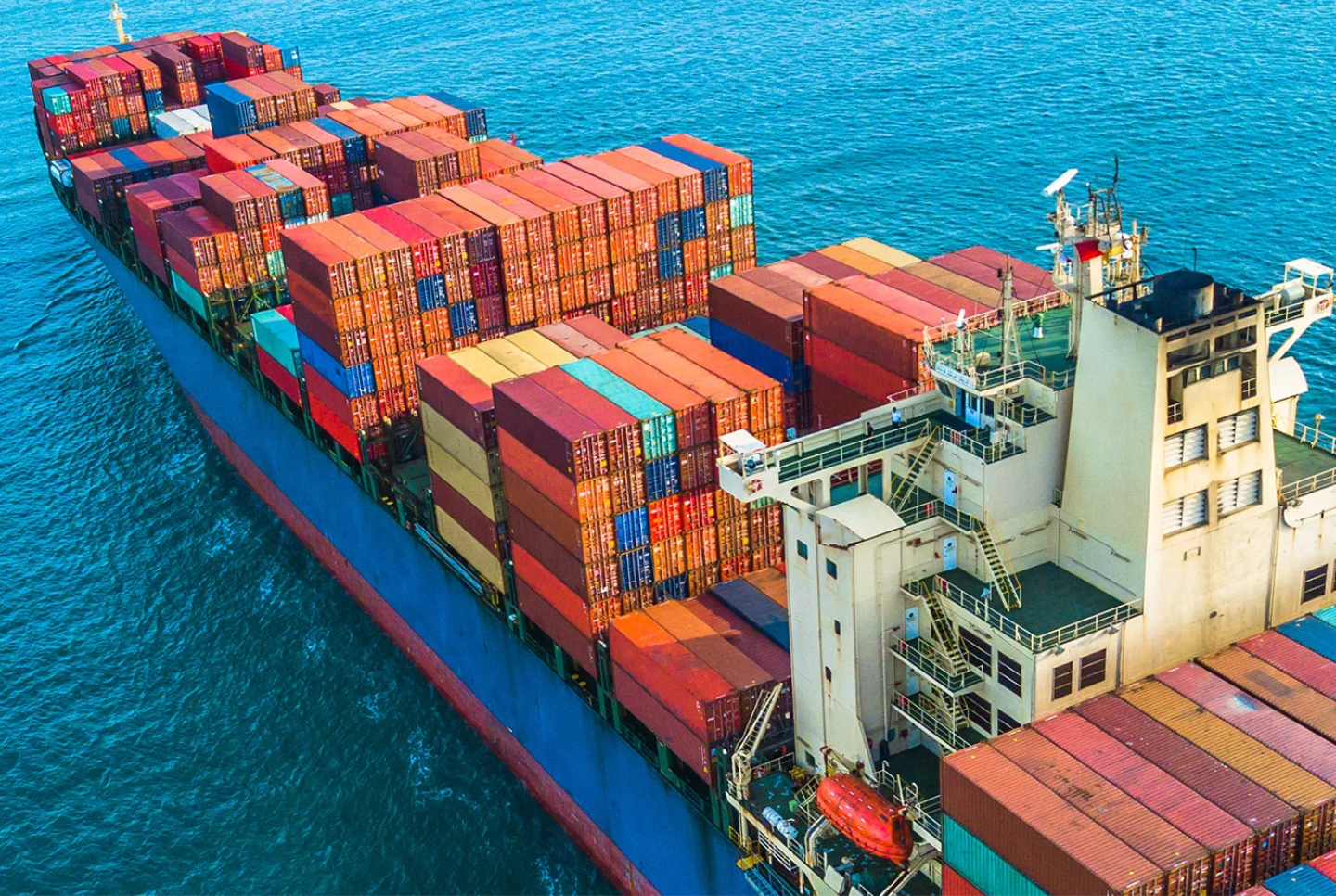
As freight forwarders look to build more transparent, sustainable, and scalable supply chains that can withstand future disruptions and a shift to more localized operations, they must consider the underlying digital nervous system that supports their entire ecosystem:
- How does the organization’s data move?
- What connectivity is there between the internal systems and trading partners?
- What technology is being invested in to enable and advance the company’s business processes?
Having a clear understanding of the shipments you manage, and the data associated with those shipments, can help you make better business decisions and ensure that your company can scale as freight volume and complexity increases.
Read about the steps you can take to improve transparency in your supply chain.
1. Embrace Your Competitive Advantages
The first step toward achieving a more transparent supply chain that will work for your organization well into the future is understanding and mapping your supply chain ecosystem.
During this process, you should take time to understand the things your company is already doing well so you can continue to invest in those areas. By focusing on the segments where your company is already excelling, you’ll stand out against competitors and provide a better customer experience.
During your review, explore the following:
- What offerings are the most successful with customers?
- Are you and your partners complying with ethical and environmental regulations? Do you have the data to back this up?
- What is the team excelling at for your customers?
- How many hours per week (or day) does your team spend manually inputting data from one system or screen to another?
- Could you tell your customers which shipments were impacted if there was to be a major disruption or delay?
Taking time to review your wins will also help you identify areas where you can improve your supply chain processes and make your operations more efficient. Conducting an initial review will help to uncover areas where you lack transparency and may need an integration between your systems.

If you’re not sure where to get started, our supply chain integration quiz can help you diagnose the best first steps to take towards improving transparency and data flow.
2. Utilize Technology
The supply chain software landscape is rich with tools to help forwarders better manage shipments, automate quotes, and stay better connected to their carriers.
These tools can provide real-time visibility into the movement of goods, track inventory trends, or monitor supplier performance. Chances are, you’re using one or more pieces of software to help manage your supply chain today.
Technology can help improve transparency into your supply chain by:
- Improving data management: Logistics software can serve as a place to store important supply chain details, like inventory levels or shipping rates.
- Enhancing collaboration: Some tech facilitates the sharing of information and data, making it easier for everyone involved to stay informed and work together to achieve common goals.
- Increasing traceability: You can track products and materials from their origin to their final destination, ensuring that they are ethically and sustainably sourced, and that they comply with all applicable regulations and standards.
With full transparency into the data your software investments provide, you can easily identify and address any issues that may arise in your supply chain before they happen. Before implementing a third-party tool to manage your operations or analyze your processes, you’ll want to ensure it’s properly configured and integrated with your existing systems. Chain.io can help.
Explore the Platform3. Take the Chain.io Integration Quiz
For logistics service providers and shippers who are looking to streamline their operations, improve their data management capabilities, and enhance their overall customer experience, a supply chain integration is likely the next step in your transparency journey.
We’ve created a quick quiz to help identify opportunities for integration between your existing systems and third-party logistics technology solutions that you’re considering or already using.
For example, if you’ve recently purchased a new third-party visibility platform, you may want to integrate that new data with your Transportation Management System (TMS) to save your team time rekeying data. Or, if your company is rolling out a new, digital experience by offering booking through a web portal, you may need to integrate your data to be visible on a customer facing web portal.
By identifying these opportunities, you can take steps to enhance your customers' experience and build stronger, more profitable relationships. Our quiz will help you to identify the best integration approach for your specific needs.
Take the Integration QuizChain.io Enables Your Digital Supply Chain
62% of companies have limited visibility into their supply chains. The Chain.io platform was built to seamlessly integrate your data with your customers and partners, thanks to our network of pre-built connections. Our platform features an integration library with task management and documentation built in, so your integrations take weeks, not months or years to complete.
Improving your supply chain transparency will not only help you improve the accuracy and timeliness of your shipments, reduce the risk of errors, and improve overall efficiency, but you’ll also be better equipped to serve customers and scale your business. Plus, with a connected ecosystem, you’ll be able to spend less time typing and more time serving your clients.
Take our integration quiz or explore our pre-built connections to learn more.
Take the Integration QuizExplore Integrations

